A William IV silver dinner service, maker's mark 'RG' probably for Robert Gainsford, Sheffield 1832 and 1833, of lobed form, presentation engraved and with a crest, a motto 'I Soar' and some with an armorial, comprising: A soup tureen and cover, 1833, 4006g (128.8 oz) A set of four entree dishes, covers and handles, 1832, 9458g (304.1 oz) A set of four sauce tureens and covers, 1833, 3673g (118.1 oz) A pair of shaped oval serving dishes, 1833, 3109g (99.95 oz) A pair of salvers, 1832, 1201g (38.6 oz) 21447g (689.55 oz) gross Presentation engraved 'Presented to Peter Greenall Esquire by the Inhabitants of St Helens and Neighbourhood As a token of their Esteem for his private worth and of Gratitude for his Public Services'. The crest, motto and arms of GREENALL. Peter Greenall (1796-1845), was the second son of Edward Greenall (1758-1835), brewer. His grandfather, Thomas Greenall (1733-1805), taking advantage of the opening up of the south Lancashire coalfield by canal in 1757, set up as a brewer four years later in Hardshaw. Over the course of the next century this hamlet developed into the town of St Helens. Before his death Thomas Greenall had bought 350 acres of land in the neighbourhood as well as 14 public houses and other properties. In 1818 Edward sent his son Peter to take charge of the brewery at St Helens and the considerable family possessions there. On 6th March 1821 Peter Greenall married Eleanor Pilkington (1798-1846), who brought a dowry of £1000. Eleanor was sister of Richard and William Pilkington already partners with their father in the little town's flourishing wine and spirit business. Greenall accepted his responsibilities as leading local resident in an industrial district which by then numbered ten thousand people, of whom about four thousand lived in the town itself. Pipes were laid from the brewery's ponds to supply water to those inhabitants who could afford to pay for it. The first (terminating) building society in the area was formed at his instigation and helped to put up houses, many of them on his land. By 1830 Greenall's rents in the area totalled nearly £2500 a year. He headed the local Oddfellows lodge when it was opened in 1825; when St Helens was raised to district status he became its grand master. His signature appeared on share certificates of the local Gas Light Company, formed in 1832, and, more importantly, he took the lead in the creation of the St Helens and Runcorn Gap Railway in 1830. This provided transport down to the River Mersey in competition with the canal. In the longer run, however, it was Greenall's involvement in what was to become Pilkington Brothers glassworks which was to be of much greater significance. Greenall held only three of the eleven shares in the partnership-his two brothers-in-law, who had reluctantly forsaken the prosperous wine and spirit business, held the rest. Nevertheless, it was undoubtedly his influence at the Warrington bank of Parr, Lyon, and Greenall that saved the struggling firm from going under before it had grown strong enough to survive unaided; by 1842, at the depth of the worst depression of the century, the overdraft had reached £20,000, when all eleven shares were valued at only £22,600. Greenall, a confirmed Tory, contested one of the Wigan borough seats unsuccessfully in 1837, but he was returned in 1841. He then used his influence as an MP to get the St Helens Waterworks Bill through parliament in 1844 and, in 1845, the St Helens Improvement Bill, which gave the town's population, then just under 12,000, its first effective local government. Greenall died soon afterwards at his house in St Helens, of 'apoplexy-first attack of five minutes duration', according to the death certificate. The shops half-closed their shutters. On the day of the funeral six days later at the parish church, the shops closed altogether. Many people flocked into the town to pay their last respects to the man who had so dominated the town's early growth and had
A William IV silver dinner service, maker's mark 'RG' probably for Robert Gainsford, Sheffield 1832 and 1833, of lobed form, presentation engraved and with a crest, a motto 'I Soar' and some with an armorial, comprising: A soup tureen and cover, 1833, 4006g (128.8 oz) A set of four entree dishes, covers and handles, 1832, 9458g (304.1 oz) A set of four sauce tureens and covers, 1833, 3673g (118.1 oz) A pair of shaped oval serving dishes, 1833, 3109g (99.95 oz) A pair of salvers, 1832, 1201g (38.6 oz) 21447g (689.55 oz) gross Presentation engraved 'Presented to Peter Greenall Esquire by the Inhabitants of St Helens and Neighbourhood As a token of their Esteem for his private worth and of Gratitude for his Public Services'. The crest, motto and arms of GREENALL. Peter Greenall (1796-1845), was the second son of Edward Greenall (1758-1835), brewer. His grandfather, Thomas Greenall (1733-1805), taking advantage of the opening up of the south Lancashire coalfield by canal in 1757, set up as a brewer four years later in Hardshaw. Over the course of the next century this hamlet developed into the town of St Helens. Before his death Thomas Greenall had bought 350 acres of land in the neighbourhood as well as 14 public houses and other properties. In 1818 Edward sent his son Peter to take charge of the brewery at St Helens and the considerable family possessions there. On 6th March 1821 Peter Greenall married Eleanor Pilkington (1798-1846), who brought a dowry of £1000. Eleanor was sister of Richard and William Pilkington already partners with their father in the little town's flourishing wine and spirit business. Greenall accepted his responsibilities as leading local resident in an industrial district which by then numbered ten thousand people, of whom about four thousand lived in the town itself. Pipes were laid from the brewery's ponds to supply water to those inhabitants who could afford to pay for it. The first (terminating) building society in the area was formed at his instigation and helped to put up houses, many of them on his land. By 1830 Greenall's rents in the area totalled nearly £2500 a year. He headed the local Oddfellows lodge when it was opened in 1825; when St Helens was raised to district status he became its grand master. His signature appeared on share certificates of the local Gas Light Company, formed in 1832, and, more importantly, he took the lead in the creation of the St Helens and Runcorn Gap Railway in 1830. This provided transport down to the River Mersey in competition with the canal. In the longer run, however, it was Greenall's involvement in what was to become Pilkington Brothers glassworks which was to be of much greater significance. Greenall held only three of the eleven shares in the partnership-his two brothers-in-law, who had reluctantly forsaken the prosperous wine and spirit business, held the rest. Nevertheless, it was undoubtedly his influence at the Warrington bank of Parr, Lyon, and Greenall that saved the struggling firm from going under before it had grown strong enough to survive unaided; by 1842, at the depth of the worst depression of the century, the overdraft had reached £20,000, when all eleven shares were valued at only £22,600. Greenall, a confirmed Tory, contested one of the Wigan borough seats unsuccessfully in 1837, but he was returned in 1841. He then used his influence as an MP to get the St Helens Waterworks Bill through parliament in 1844 and, in 1845, the St Helens Improvement Bill, which gave the town's population, then just under 12,000, its first effective local government. Greenall died soon afterwards at his house in St Helens, of 'apoplexy-first attack of five minutes duration', according to the death certificate. The shops half-closed their shutters. On the day of the funeral six days later at the parish church, the shops closed altogether. Many people flocked into the town to pay their last respects to the man who had so dominated the town's early growth and had

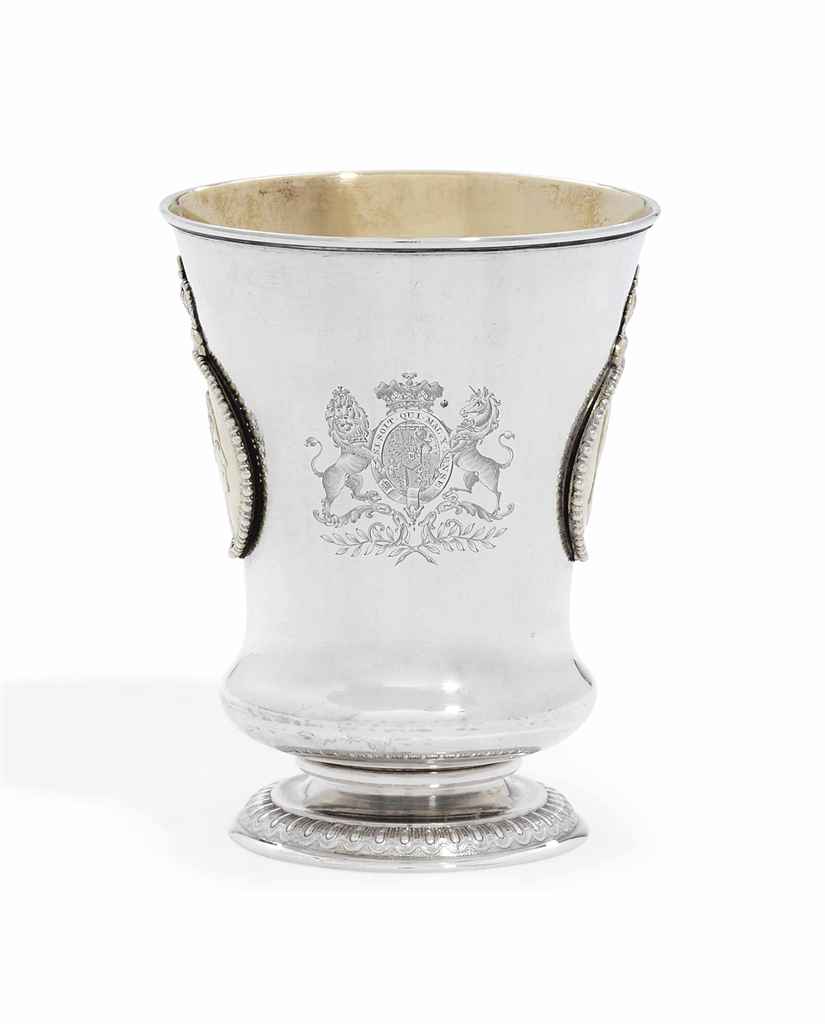
.jpg)
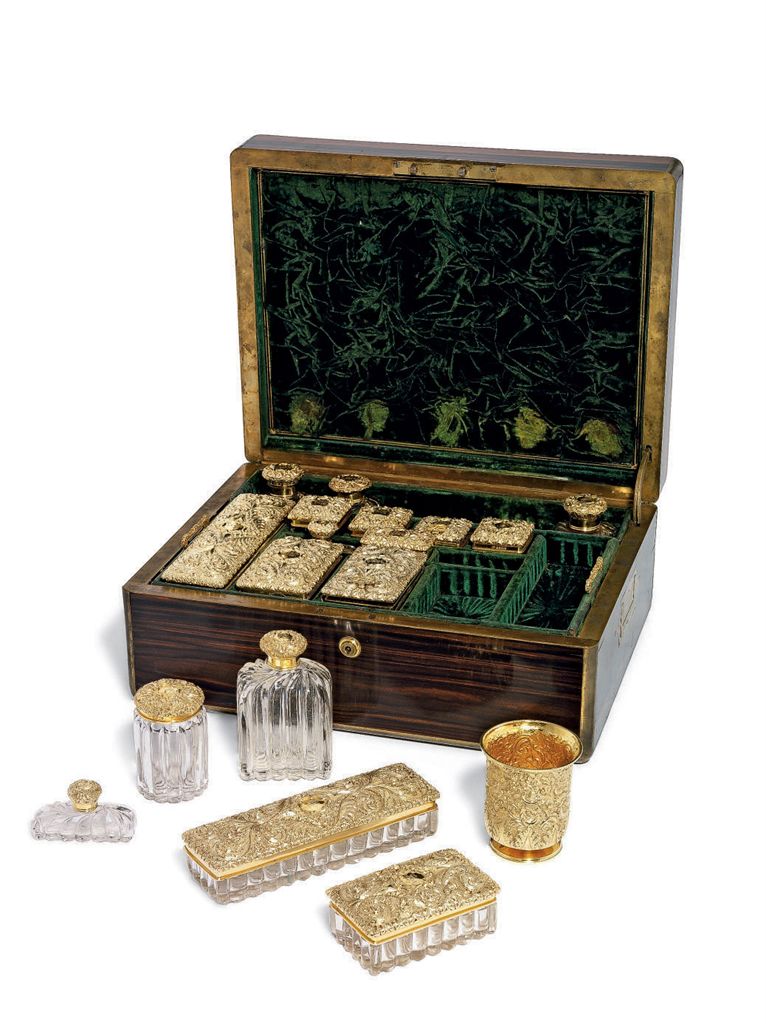
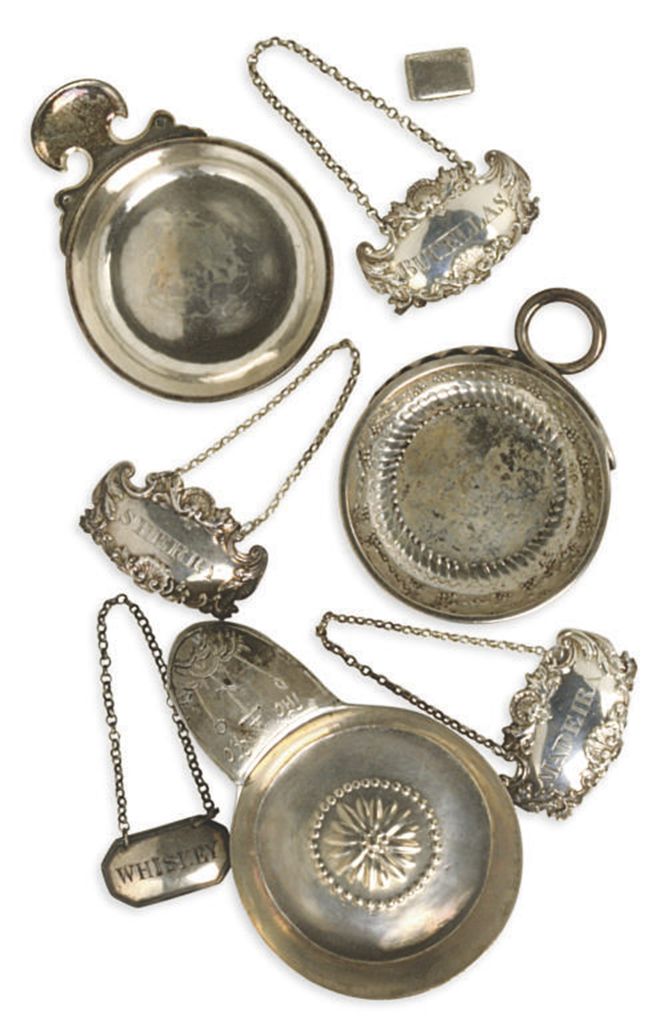
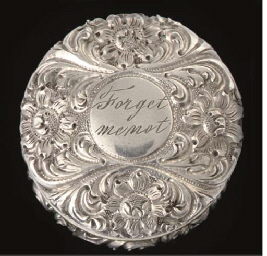
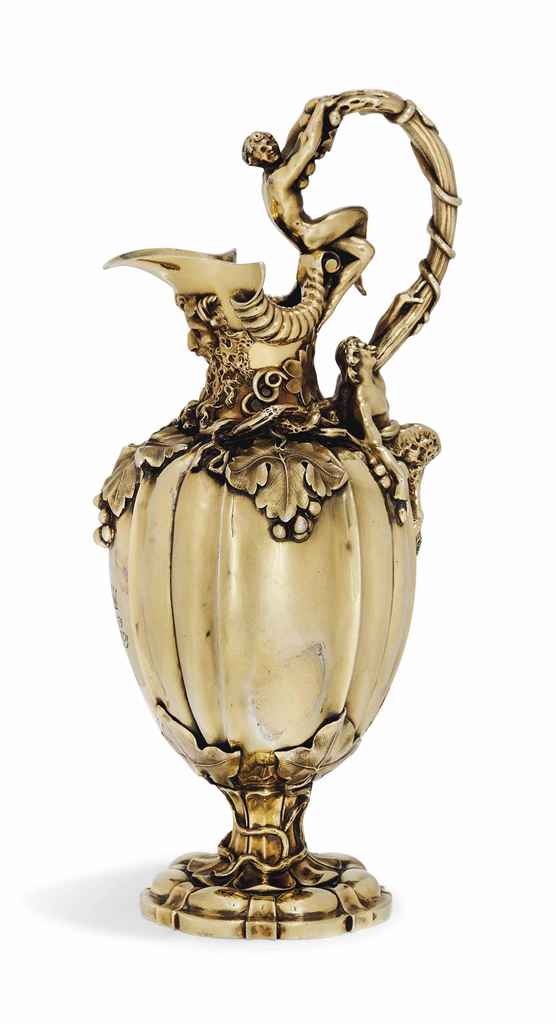


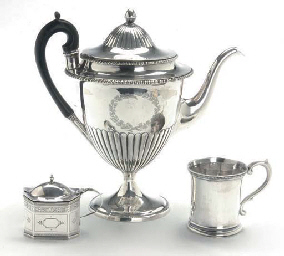
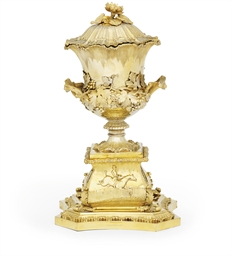
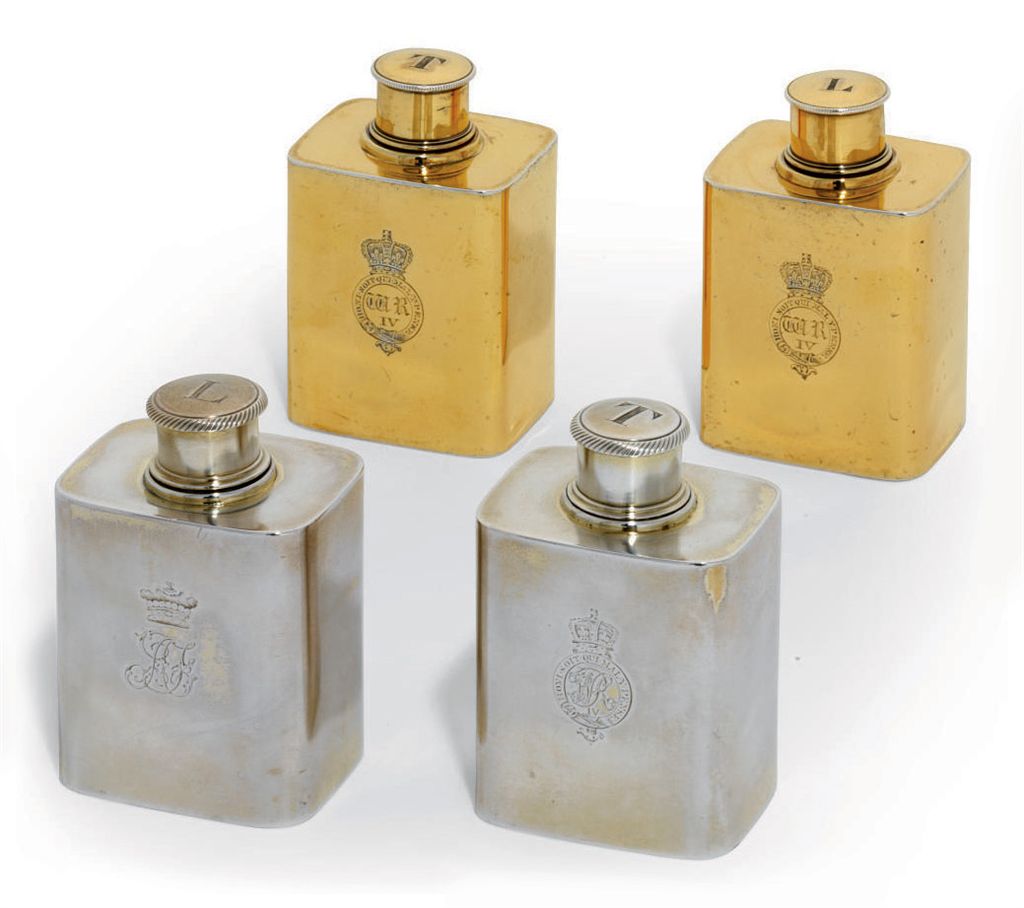
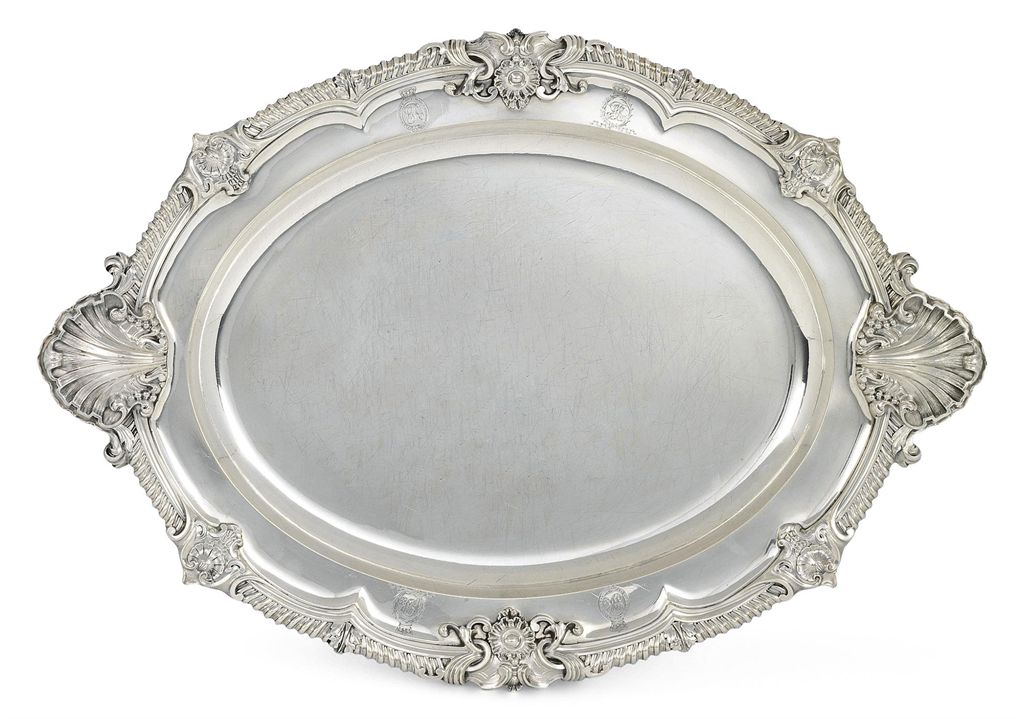
.jpg)
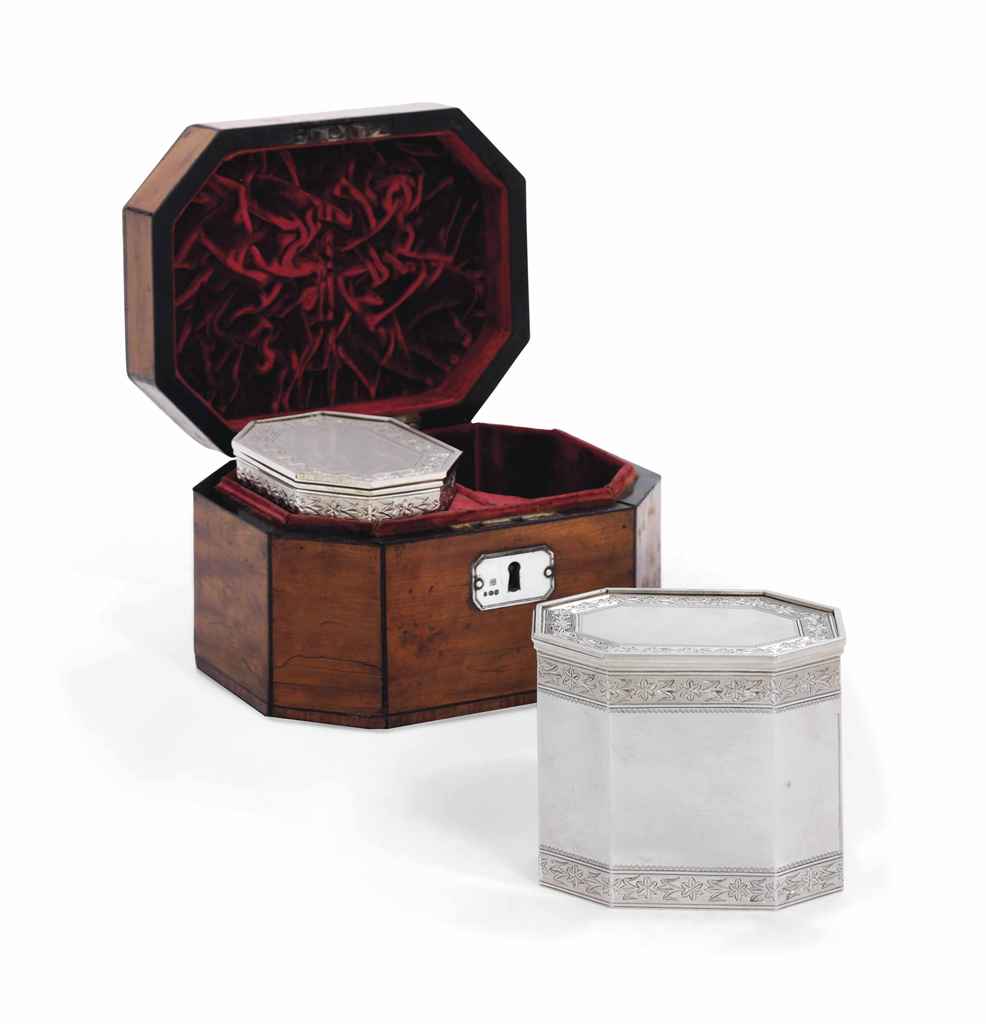
Testen Sie LotSearch und seine Premium-Features 7 Tage - ohne Kosten!
Lassen Sie sich automatisch über neue Objekte in kommenden Auktionen benachrichtigen.
Suchauftrag anlegen